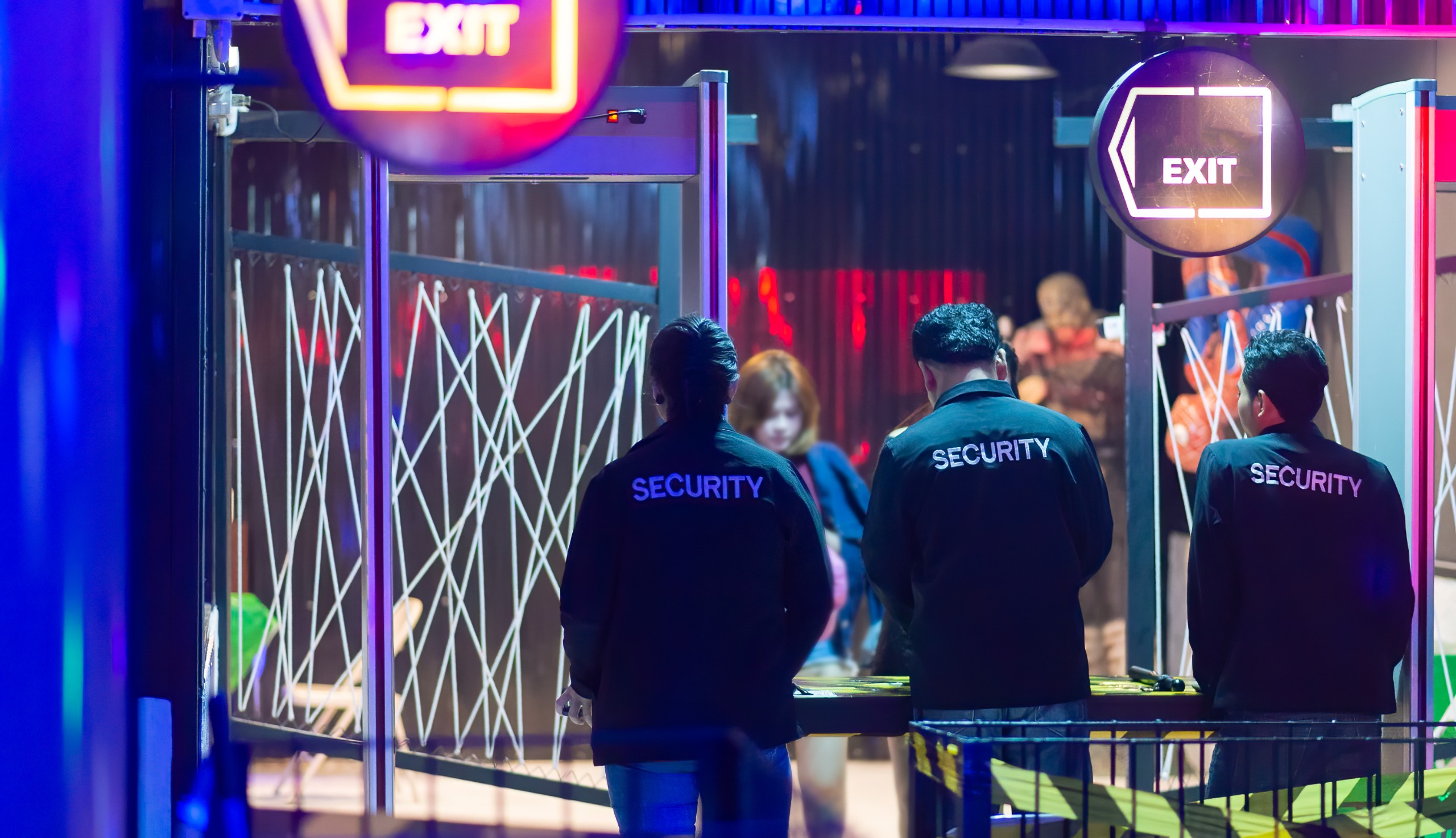In today’s high-risk landscape, event security has evolved from being a compliance checkbox to a critical enabler of successful and safe events. Whether you’re organising a leadership summit, global tech expo, or private CXO gathering, the importance of a robust event security plan cannot be overstated.
Effective event security isn’t just about putting guards at the gates, it’s about building a proactive, intelligence-led framework that anticipates threats, ensures seamless coordination, and protects both people and brand reputation.
Here are 10 must-have elements every serious event security and safety plan should include:
Threat, Vulnerability & Risk Assessment (TVRA)
A detailed TVRA is the foundation of any event security plan. It identifies site-specific risks, from physical intrusions to operational blind spots and allows planners to build targeted risk mitigation strategies.
Pre-Event Reconnaissance
Site surveys are essential. A pre-event inspection helps assess the physical layout, emergency exits, perimeter control, and overall readiness of the venue. This enables better planning for manpower, technology deployment, and evacuation routes.
Health, Safety & Environment (HSE) Audit
Event security is not just about crime prevention; it’s about ensuring overall safety. An HSE audit ensures your event meets statutory safety norms, assesses fire exits, electrical load, emergency lighting, and medical preparedness.
Executive Protection (EP)
If your event involves high-profile guests, a trained Executive Protection (EP) team is non-negotiable. These specialists manage close protection, secure movement routes, entry/exit flow, and liaise with local law enforcement if required.
Access Control & Screening Measures
Gate security, credential verification, bag checks, and tech-based screening (DFMDs, HHMDs, baggage scanners) are key layers in event security. Crowd filtering and VIP zone segregation should also be included in your strategy.
Surveillance & Command Control
A functional CCTV network backed by an on-site or centralised command room ensures round-the-clock surveillance. Real-time monitoring provides quick response to incidents and aids post-event reviews.
Emergency Medical & Fire Safety Support
Ambulances, fire extinguishers, and trained first responders must be part of the event security ecosystem. Having a doctor on standby and liaison with local emergency services enhances response capacity.
Manpower Deployment Plan
Security guards, bouncers (male/female), traffic marshals, and fire marshals should be strategically positioned based on event layout, footfall, and risk zones. Each post should have defined roles and escalation protocols.
Crisis Management & Communication Protocols
A well-defined incident response and escalation matrix is essential. This includes decision-making hierarchy, media response plan, and communication flows between internal and external teams.
End-to-End Operational Control
From material load-in to final load-out, your event security provider should take full ownership. A single point of contact (SPOC) avoids confusion, aligns teams, and ensures operational discipline.
Final Thoughts
In a world of rising risks and heightened guest expectations, event security is no longer just about preventing incidents, it’s about enabling safe, seamless, and reputation-protected experiences.
If you’re planning an event that matters, investing in a well-structured event security and safety plan is the best insurance you can buy.
Partner with MitKat
MitKat Advisory specializes in delivering strategic, end-to-end event security solutions for high-stakes events across sectors. From risk assessments to executive protection, our intelligence-led approach ensures your event is protected at every level.
Need help securing your next event? Reach out to our team for a customized security blueprint.






